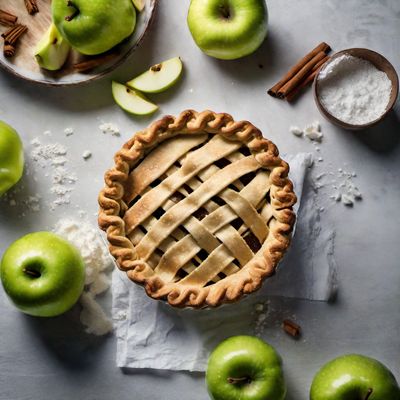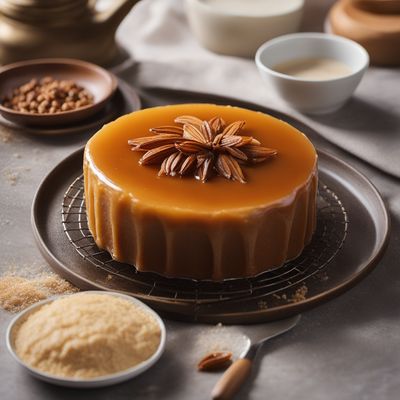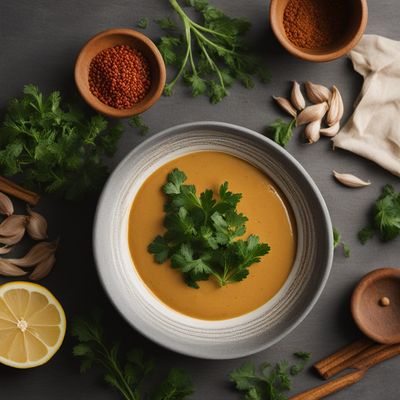
Ingredient
Tap water
The Unsung Hero: Unveiling the Importance of Tap Water in Culinary Arts
Tap water is a clear and odorless liquid that is readily available in most households. It is used in cooking to hydrate ingredients, dissolve seasonings, and provide a neutral base for recipes. Tap water can vary in taste and quality depending on the region, but it is generally safe for consumption and cooking purposes.
Origins and history
Tap water is a ubiquitous ingredient that has been used in culinary practices for centuries. Its availability and convenience make it an essential component in everyday cooking. The use of tap water in cooking dates back to ancient civilizations, where it was sourced from wells, rivers, or natural springs. With the advancement of water treatment technologies, tap water has become a reliable and safe option for culinary applications.
Nutritional information
Tap water is calorie-free and does not contain any significant nutrients. However, it is essential for hydration and maintaining overall health. The quality of tap water can vary depending on the region, so it is advisable to check local water reports or use filtration systems if necessary.
How to select
When using tap water for cooking, it is important to ensure that it is safe and free from contaminants. If you have concerns about the quality of tap water in your area, consider using a water filter or boiling the water before use. Additionally, use cold tap water for recipes that require boiling or chilling, as hot tap water may contain higher levels of minerals or impurities.
Storage recommendations
Tap water does not require any specific production process, as it is readily available through municipal water supplies. However, it is important to ensure that the tap water in your area meets safety standards and is suitable for consumption and cooking purposes.
Preparation tips
Tap water does not require any specific storage recommendations, as it is typically accessed directly from the tap. However, it is advisable to run the tap for a few seconds before using it for cooking to ensure that any stagnant water is flushed out.
Substitutions
Tap water is a versatile ingredient that can be used in a wide range of recipes. It is commonly used for boiling pasta, rice, or vegetables, as well as for making soups, stocks, and sauces. Tap water can also be used to make beverages like tea, coffee, or infused water. Its neutral taste allows it to blend seamlessly with other ingredients and flavors.
Availability
Tap water is widely available in households, restaurants, and food establishments worldwide. Its accessibility and convenience make it a staple ingredient in everyday cooking.
More ingredients from this category
Recipes using Tap water » Browse all

Japanese Chinese Style Citrus Sauce
Zesty Citrus Infusion: A Fusion of Japanese and Chinese Flavors

Vegan Apple Pie
Plant-Based Delight: Vegan Apple Pie

Classic Apple Pie
Deliciously Sweet Apple Pie: A Vegetarian Twist on a Classic American Dessert

General Tso's Chicken
Elevated General Tso's Chicken: A Nouvelle Cuisine Twist

Argentinian Apple Empanadas
Tangy and Sweet: Argentinian Apple Empanadas

Kuwaiti-inspired Coconut Cardamom Flan
Exotic Delight: Kuwaiti Coconut Cardamom Flan

Israeli Spiced Tahini Sauce
Zesty Tahini Delight: Israeli Spiced Sauce with a Twist

Kimchi with a Nordic Twist
Nordic Kimchi: A Fusion of Korean and New Nordic Flavors

Lobster Sauce with a Twist
Savory Delight: Lobster Sauce Infused with Chinese Flavors

Malaysian-style Grilled Fish with Sambal Sauce
Spicy Grilled Fish with Malaysian Sambal Sauce

Swedish Almond Tartlets
Scrumptious Almond Delights: Swedish Mandelmusslor

Danish Cream Cakes
Velvety Delights: Danish Cream Cakes
